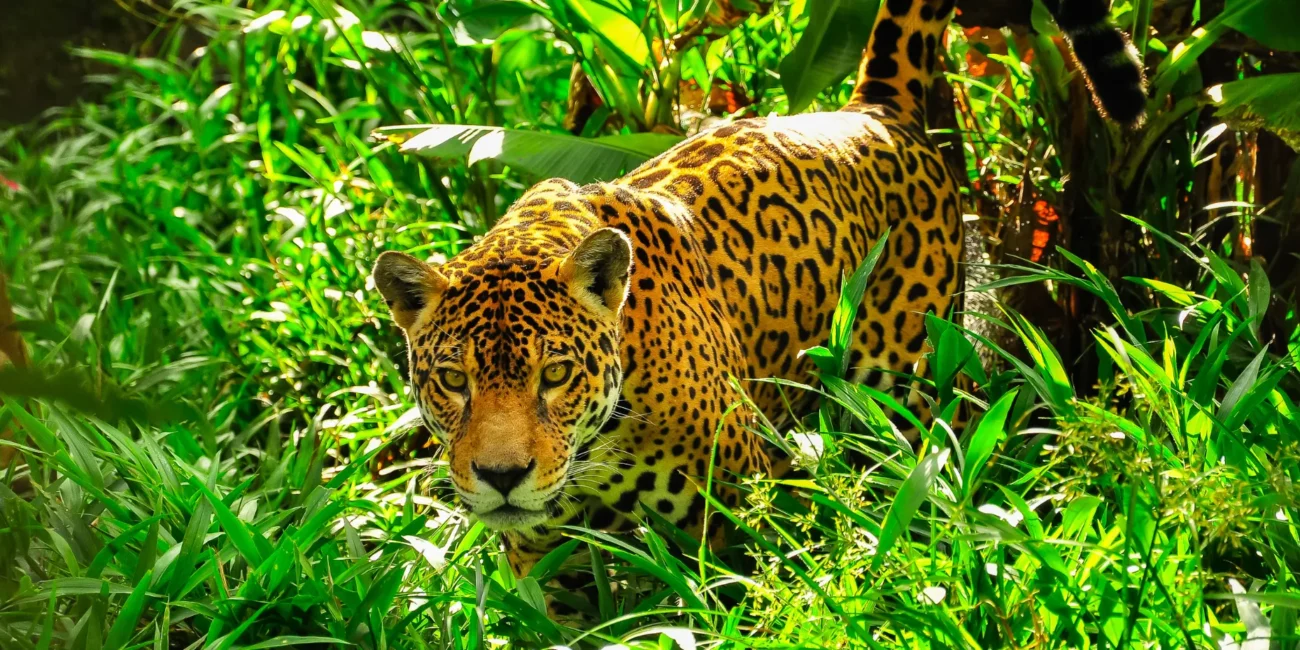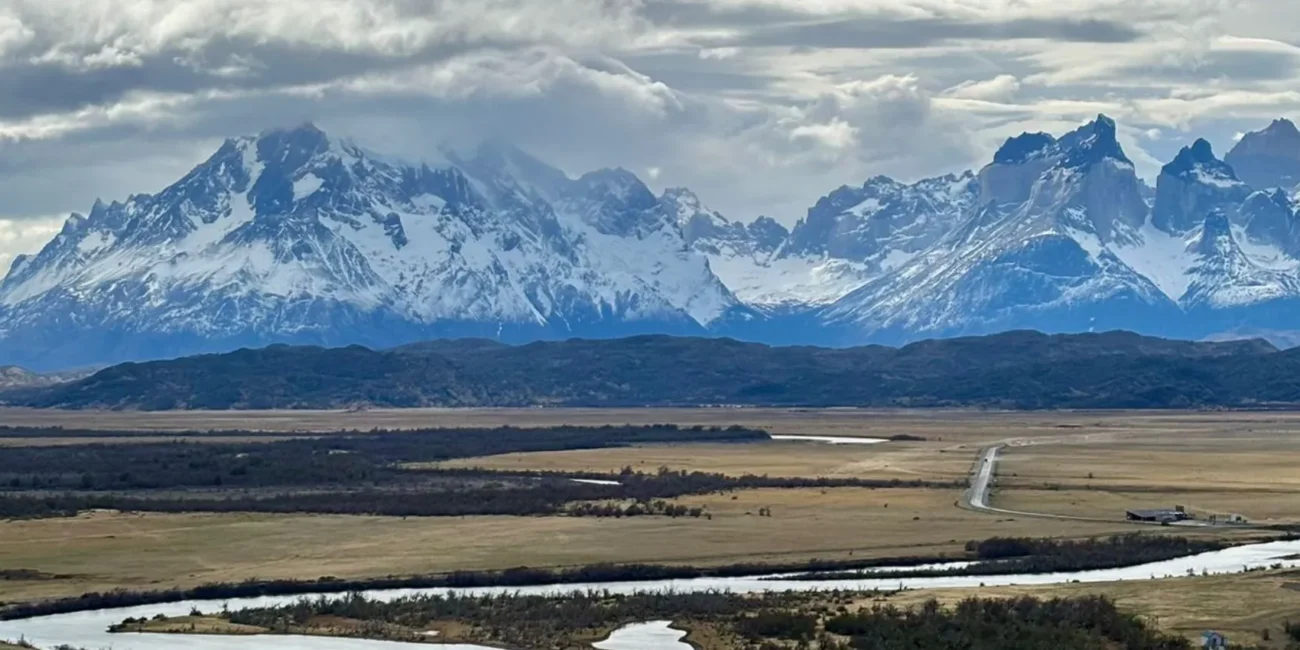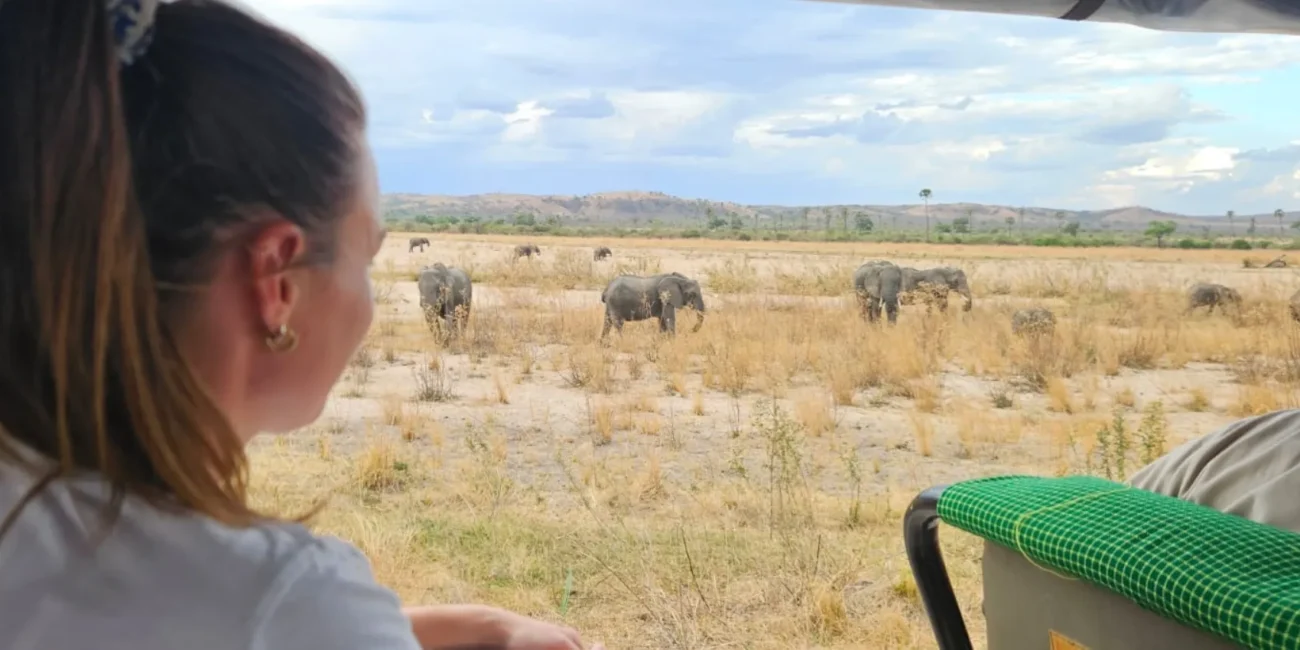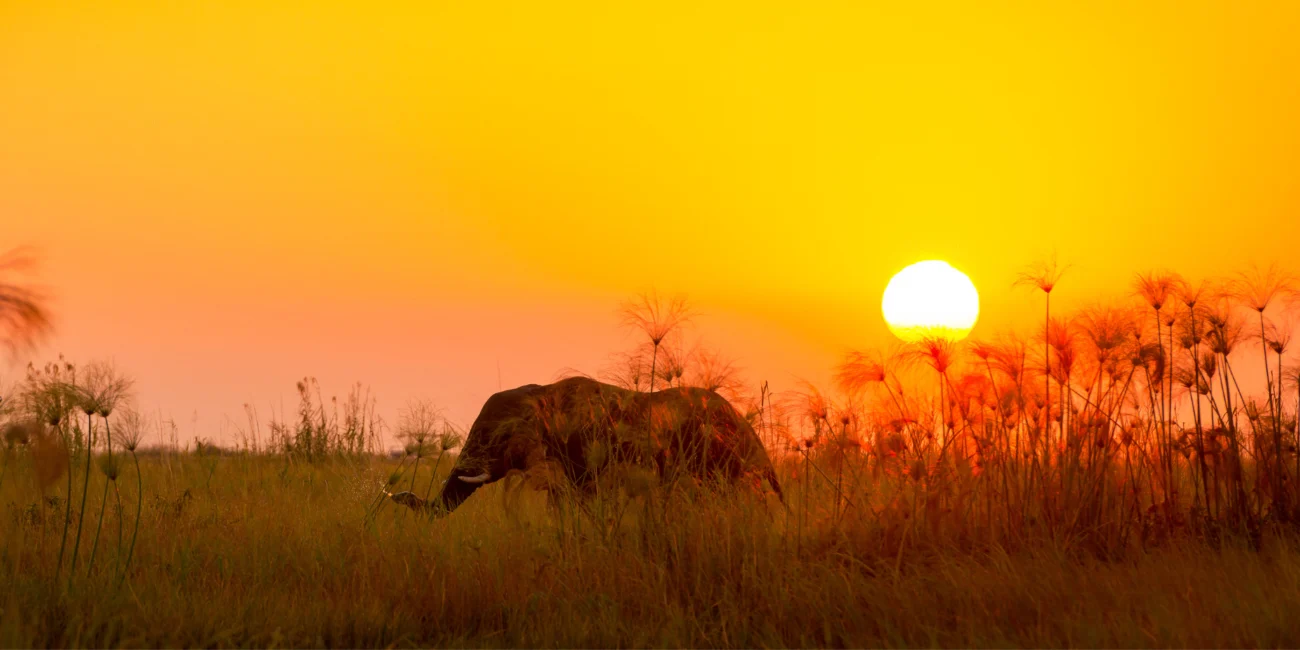In the wilderness of Kenya, amidst the wide-open savannahs of the Maasai Mara and in the shadows of the towering Mount Kilimanjaro, you will find people who belong to one of the most famous and iconic tribes in Africa: The Maasai.
Instantly recognisable by their distinctive clothing, beadwork and jewellery, the Maasai have proudly retained their traditions, despite facing many challenges over the centuries – and an opportunity to meet the Maasai people and learn more about their way of life is truly a life-changing experience.
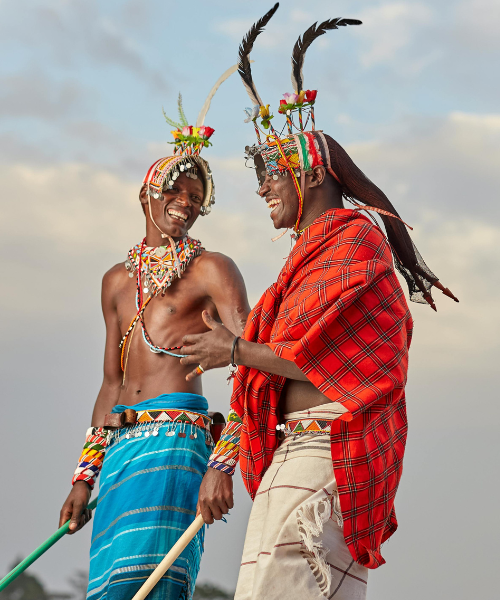
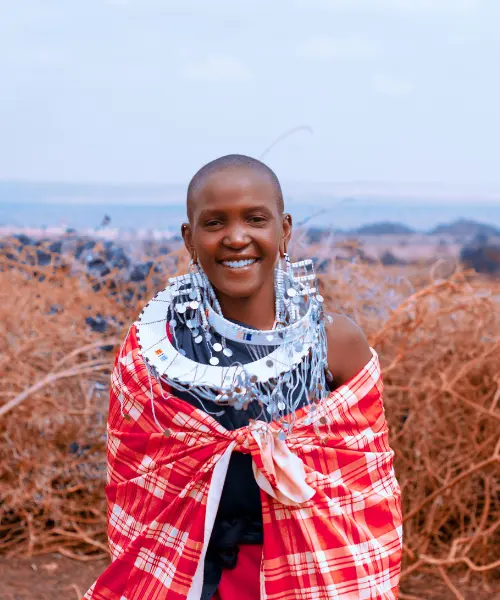
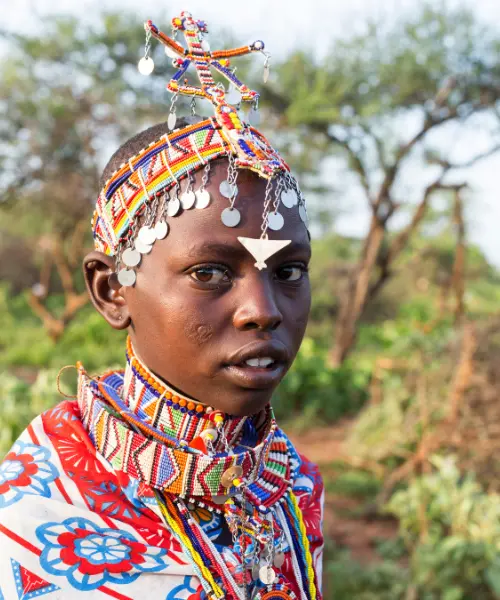
History of the Maasai tribe
The Maasai are a Nilotic ethnic group, which means they were originally indigenous to the Nile Valley and speak Nilotic languages.
It is believed that they migrated from this region in South Sudan hundreds of years ago, eventually settling in the Great Rift Valley somewhere between the 17th and 18th centuries. Here, they adjusted to the semi-arid conditions by embracing a semi-nomadic pastoral lifestyle centred around the practice of cattle herding.
To this day, much of Maasai daily life focuses on tending to their livestock, with cows representing wealth and their main means of securing their livelihoods.
A tribe of fierce warriors, the Maasai people expanded their territory throughout the 19th century, but in the 20th century suffered terribly due to epidemics of contagious diseases, specifically rinderpest and smallpox, along with periods of prolonged drought.
Despite facing incredible hardships, the tenacity of these indomitable people allowed their culture to thrive, with the Maasai tribe currently numbering over a million people according to the most recent census.
Today, the Maasai primarily live in southern Kenya – mainly the Maasai Mara – but also further to the east towards the Greater Amboseli region. There are also large numbers of Maasai people living in Northern Tanzania.
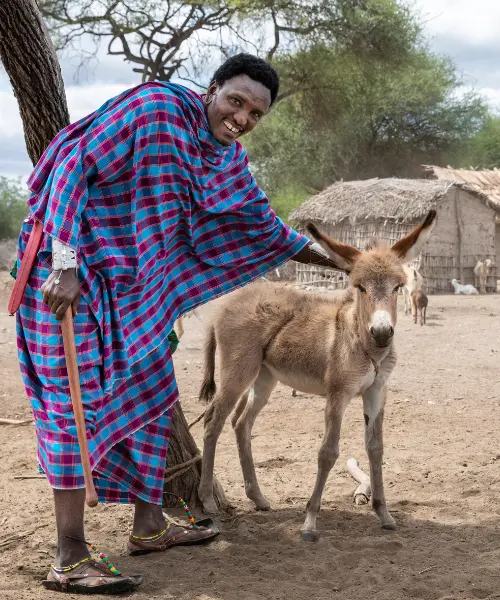
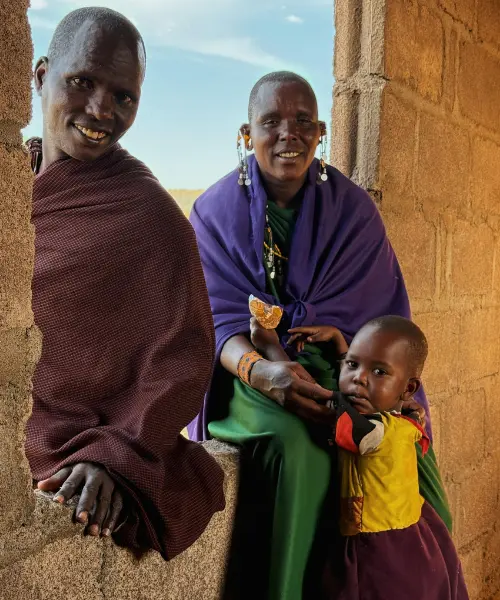
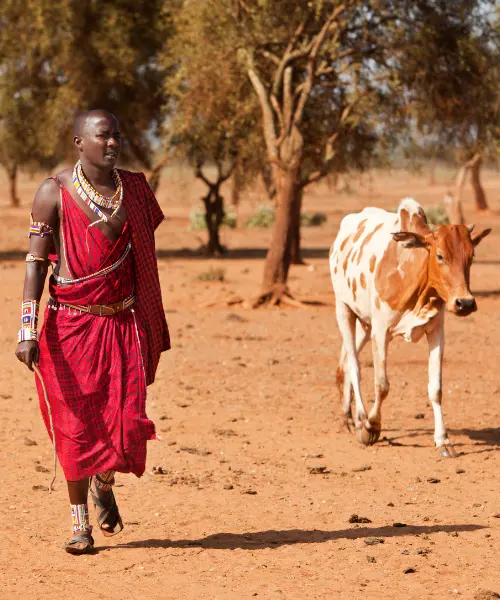
Maasai Traditions
Despite an increasingly modern world around them, the Maasai have largely retained their customs and traditional lifestyle along with a strong sense of cultural identity and community.
While some Maasai may adopt modern-day practices, for example wearing Western-style clothing, when it comes to a special occasion you can be sure the community will go back to their traditional roots, celebrating in customary and time-honoured ways.
Traditional Maasai Clothing
One of the most famous aspects of Maasai culture is their brightly coloured traditional attire. Known as a ‘shuka’, the traditional cloth or blanket worn by the Maasai are often red with blue or black stripes or checked patterns.
The origins of the shuka are unclear but are almost certainly a result of garments originally made from leather or skin being replaced with goods brought along with traders, missionaries and colonialists in the 20th century.
Along with shukas, the Maasai adorn themselves with bright and intricate beaded necklaces, bracelets and headbands, created by Maasai women who are highly skilled at beadwork.
The colour of the beads has special significance, and they are often interwoven with brass and silver discs, which also indicate age, social or marital status, or are worn specifically for special events.
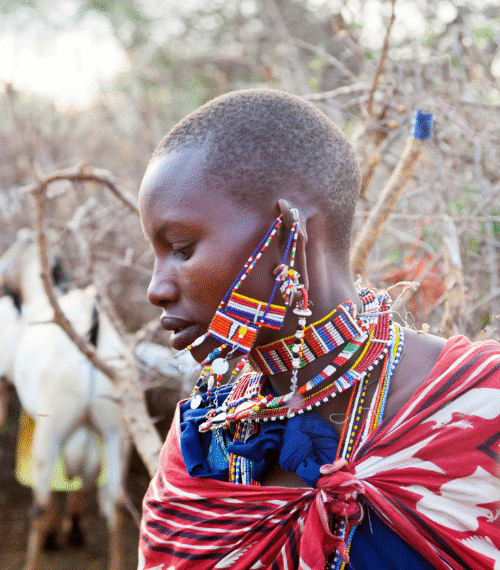
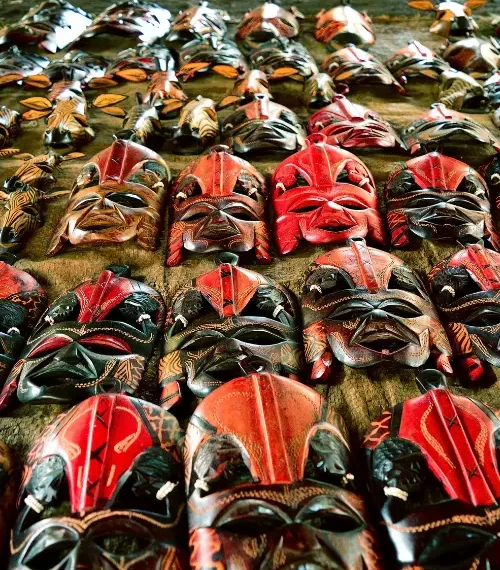
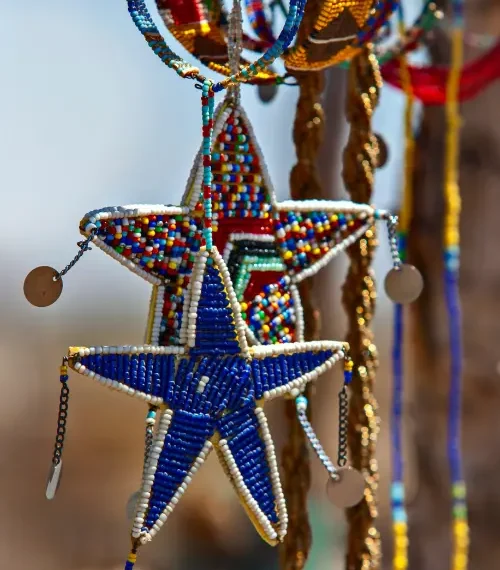
Music and Dance
Special occasions are also always marked by special songs and dance. The hypnotic chants of the Maasai are performed by the group, with the leader singing in a higher pitch, responding to the captivating humming of the chorus of vocalists.
The Maasai tend to not use any instruments, however while performing the traditional dance that accompanies each song, the silver and brass discs worn by the group create a rhythmic jingling that accompanies the melody.
The most famous of the traditional Maasai dances is the Adamu, performed only by Maasai warriors, or ‘morani’ who will enter the circle created by the tribe one at a time to see how high they can jump, which is believed to be a demonstration of strength and agility.
The jump is always performed repeatedly off a flat foot and without bending the knees – which is what makes it so challenging!
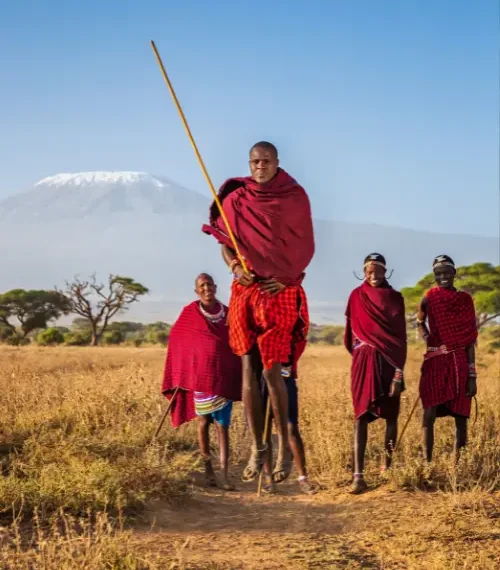
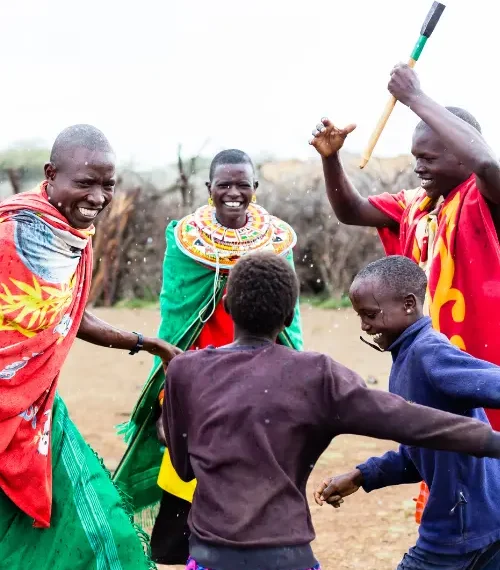
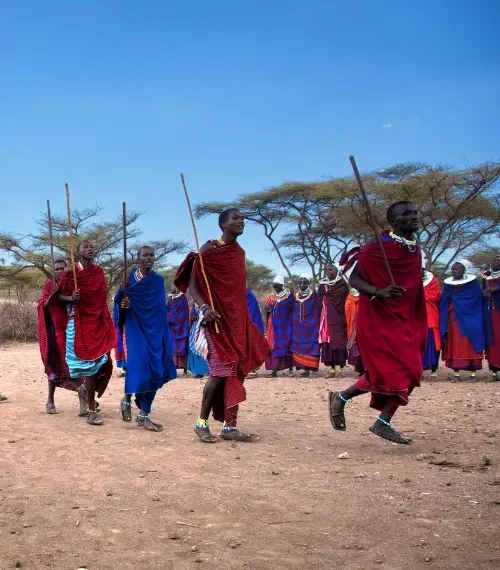
Maasai Rights of Passage
Key milestones in the life of the Maasai – both for Maasai men and women – are accompanied by significant rituals and ceremonies, whether it be transitioning into adulthood, marriage or the birth of a child.
One of the most famous ceremonies is the ‘eunoto’ when young Maasai men become warriors through a process of initiation including intense training and tests of bravery. Once completed, the Maasai warriors, or morani, are permitted to marry and become more involved in decision-making for the tribe.
Previously, this ritual was marked by the requirement of each man to kill a lion, but this practice is illegal in Kenya and has been replaced with other tasks that demonstrate their abilities, such as the throwing of a ‘rungu’ (a wooden club) or a spear, along with other events.
The Maasai Olympics, held every two years and organised by The Big Life Foundation, invites Maasai villages to participate in a series of events based on traditional Maasai warrior skills to replace the long-held tradition of hunting lions.
Food and Medicine
The Maasai’s deep connection with the land is demonstrated in their approach to food and medicine. Being pastoralists, their dairy products feature heavily in their diet, with fermented milk being a staple beverage. Along with this, the Maasai diet almost exclusively features meat (usually goat), blood, honey and maize or ‘ugali’, with vegetables not featuring prominently at all.
The blood is harvested by piercing the jugular vein of a cow with an arrow, which allows it to bleed without killing it. This serves a ceremonial purpose, but also provides the Maasai with a vital source of protein and is often also mixed with milk.
Medicinal plants play a huge role in Maasai life, with indigenous plants and herbs used to treat all manner of ailments and afflictions. This wisdom has been passed down through the ages, with the Maasai healers, known as ‘laibon’, being revered members of the community.
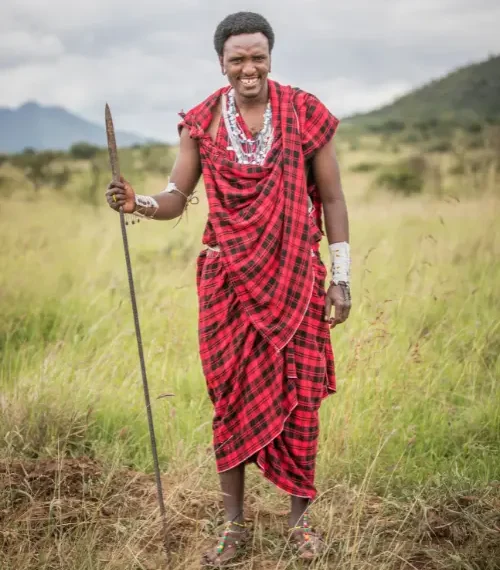
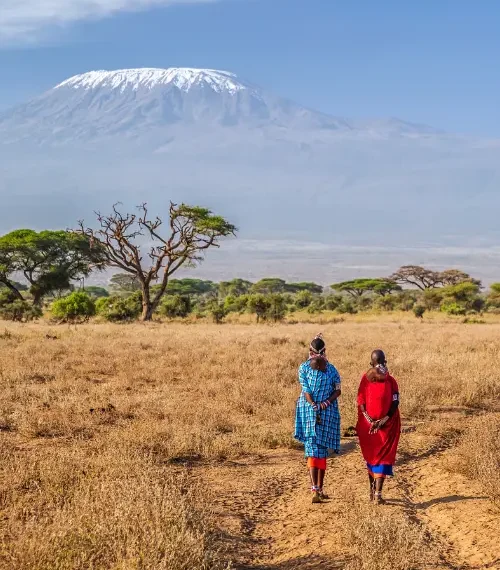
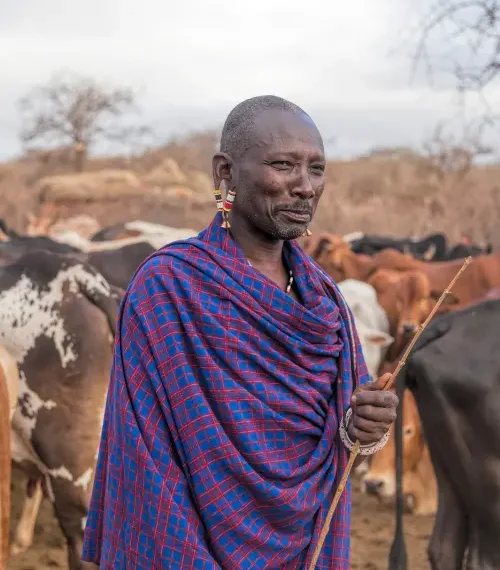
Experience Maasai Culture
When visiting the Maasai Mara or the Serengeti, you can meet members of the Maasai tribe and learn more about their daily life. Many of the people you will interact with during your trip, from your safari guide to your chef, may come from a village nearby and be happy to talk to you about his or her life as a modern-day Maasai.
In addition to this, you may also have the opportunity to visit a Maasai village, go on a nature walk with a Maasai warrior to learn more about the fascinating uses of indigenous flora in daily life, or watch a Maasai performance of song and dance.
Discover Maasai Culture
At Journeys With Purpose, we have close relationships with product partners across East Africa who are experts in creating meaningful cultural encounters. If you are ready for a life-changing experience, get in touch with our team on +4420 3544 8137 (UK), or at connect@journeyswithpurpose.org.
